— HISTORY CORNER —
From Eagle Scout to Antarctic Explorer - Joseph Hill Jr.'s Remarkable Journey
By Kaleb Cashen, edited by Louisa Kaplan
Joseph (Joe) Hill Jr. was born in Canyon, Texas in 1913. As a boy, he was active in the Boy Scouts, and eventually reached the rank of Eagle Scout. When he learned that a fellow Eagle Scout named Paul Siple had been chosen to travel with the famous Admiral Byrd, he was eager to do the same. Joe learned of the 2nd Byrd Expedition in 1933-1935 and wrote to Byrd without his parents’ knowledge, offering to participate in any capacity. A year passed, and he finally heard from Byrd’s personnel manager, inviting him to Boston for an interview. With no money for a train ticket, Joe hitch-hiked from Texas to Boston. He interviewed well, passed the rigorous physical exam, and was added to the expedition roster as a cook. At age 20, he was the youngest man on the expedition and was nicknamed “Joe Boy.”
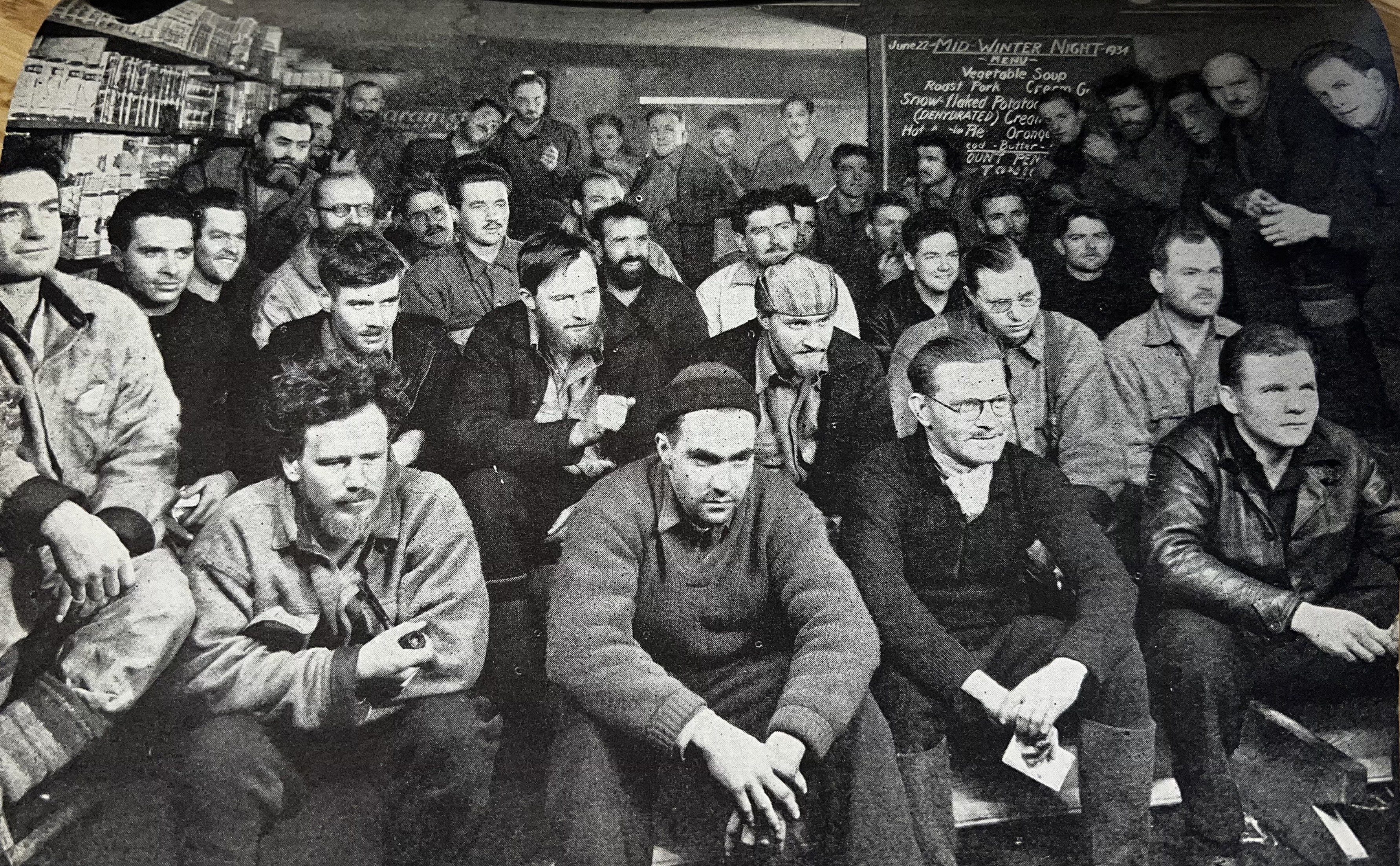
After serving as the second cook on board the Bear of Oakland, Joe was soon promoted to Admiral Byrd’s personal orderly. When they reached Antarctica, he became a mechanic and tractor driver for the expedition and took part in unloading the ships. His time working on cars and driving tractors as a teen set him up well for this role. Joe helped build Little America II, as well as Byrd’s famous Advance Base, a remote weather observation hut in the interior of Antarctica. Although Joe didn’t help directly with the expedition’s scientific research, his work ensured its success. He would continue to drive the tractors and maintain the base until the expedition ended.
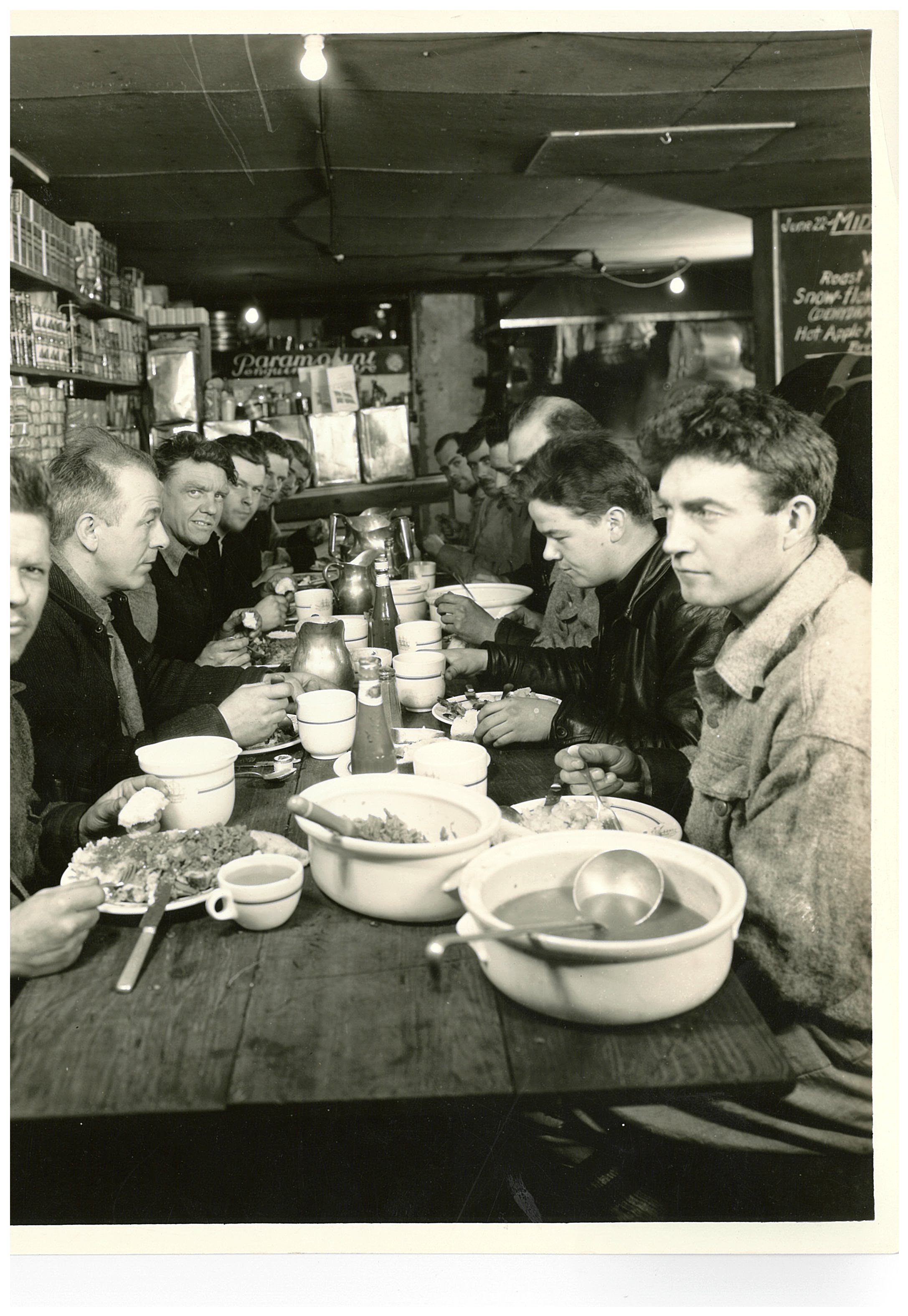
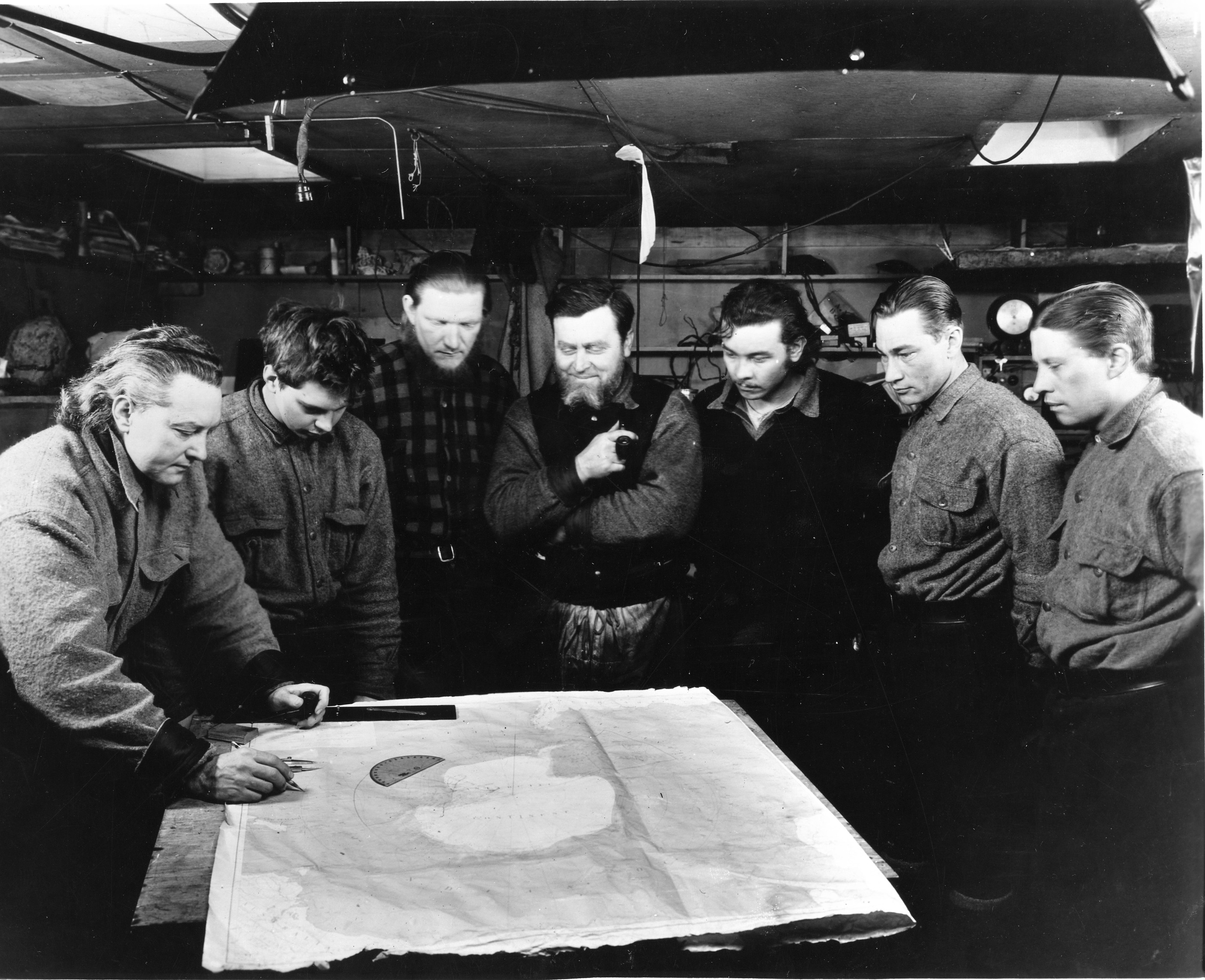
Equally as important as physically maintaining the base was keeping the men’s spirits up in harsh conditions. Men would sometimes work 12-hour shifts, transporting material to maintain the base. The work was extremely difficult in sub-zero temperatures. To break up the monotony of the labor, the men organized friendly competitions. On the seventh anniversary of Admiral Byrd’s flight to the North Pole, they celebrated with a baseball game and an archery competition as the temperature hovered around minus 50 degrees. Joe joined in the action and proudly scored 340 out of 360 in archery.
In another effort to break up the labor and build community, expedition members Stuart Paine and Dick Russell compiled a small magazine called the Barrier Bull. Paine and Russell edited the magazine, and the other men contributed stories, poems, and drawings. Joe wrote a couple of pieces for the paper. The Polar Archives has a complete run of the Barrier Bull in the Stuart Paine Papers.
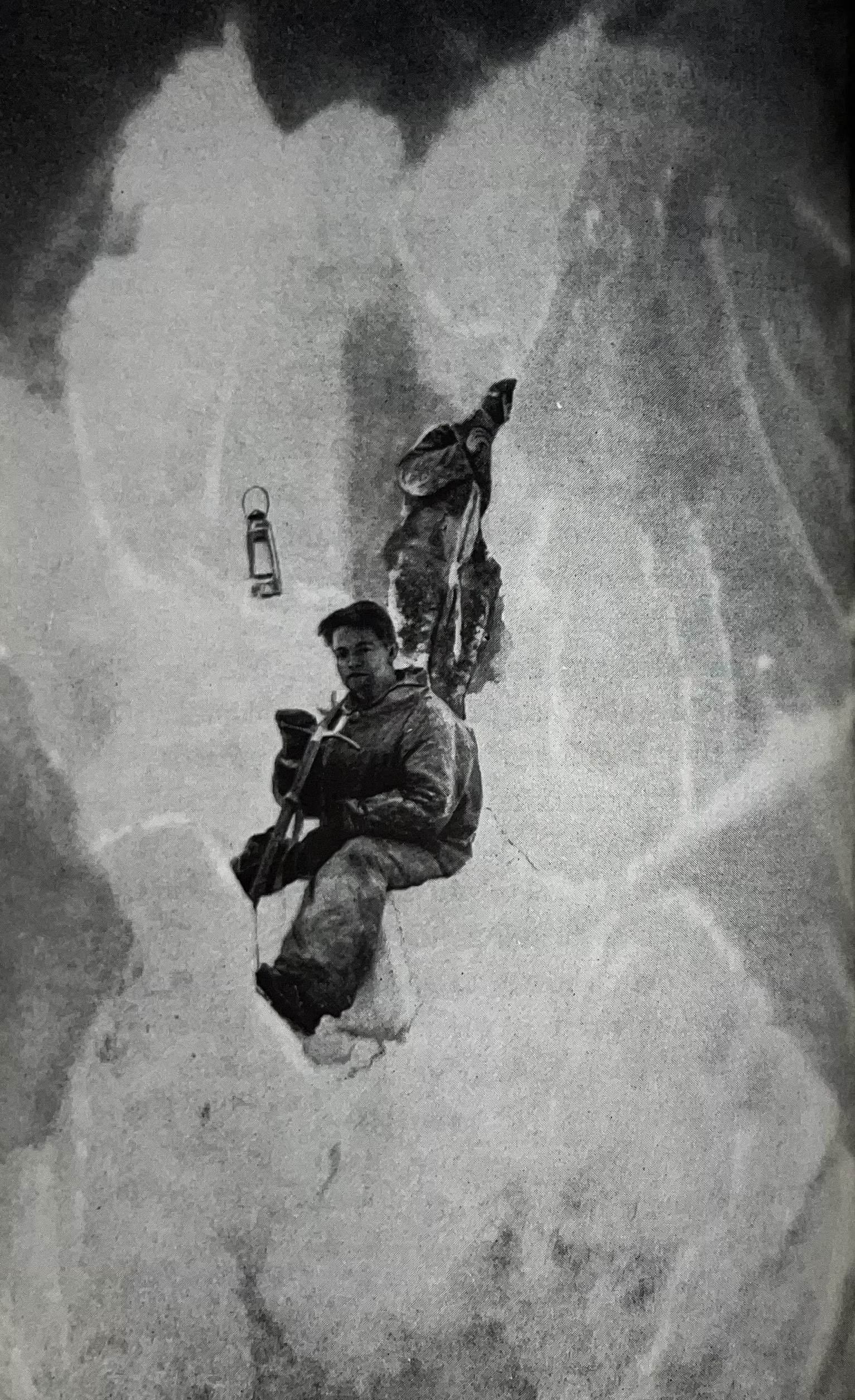
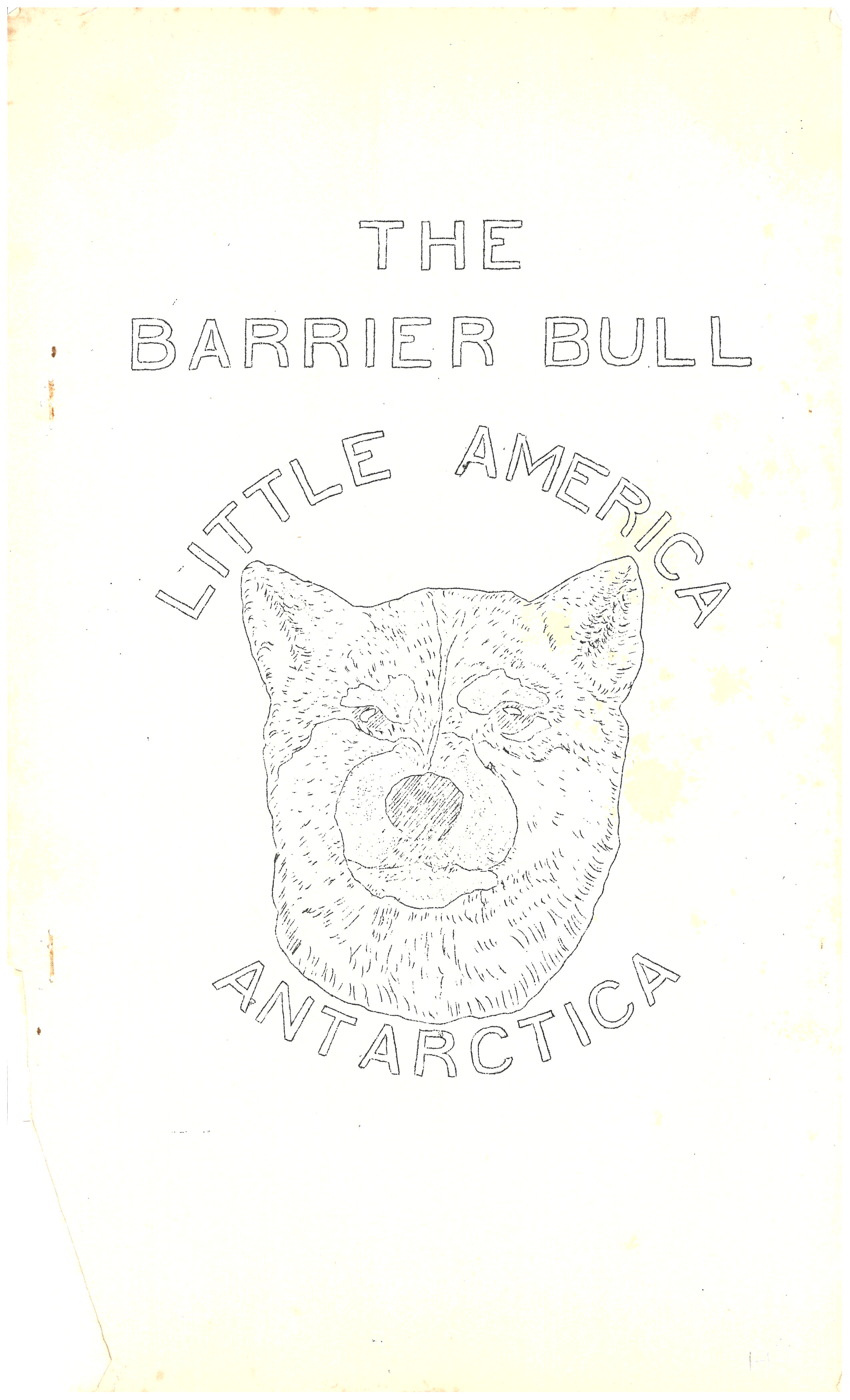
After returning from the Byrd Expedition, Joe graduated from the University of Texas in Mechanical Engineering and then joined the Douglas Aircraft Group. He would go on to lead many different departments, including the head of environmental control. Joe also spoke at various universities throughout Texas about his time in Antarctica. He would eventually publish a book in 1937 called In Little America with Byrd: Based upon Experiences of the Fifty-six Men of the Second Antarctic Expedition. It was aimed at young adults and was based on his time with the 2nd Byrd Expedition. Joe kept in contact with many of his fellow workers and adventurers after the expedition by writing letters back and forth and going to various reunions. Joe was interviewed in 1998 for a documentary about Admiral Byrd’s 2nd Expedition called Alone on the Ice, as one of the few remaining living members of the crew. In that interview, Joe talked about how he felt looking back on the expedition. He said he felt a lot of memories, a little sadness, and “a great deal of pride.” Although he wasn’t sure how impactful the expedition’s research ended up being, Joe was glad he’d been a part of the expedition and said he would do it again.
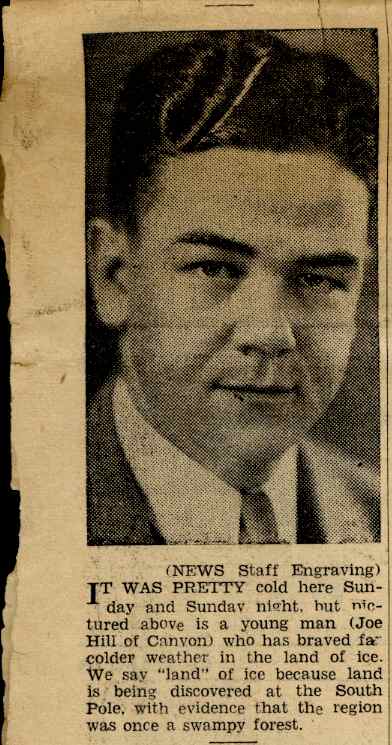
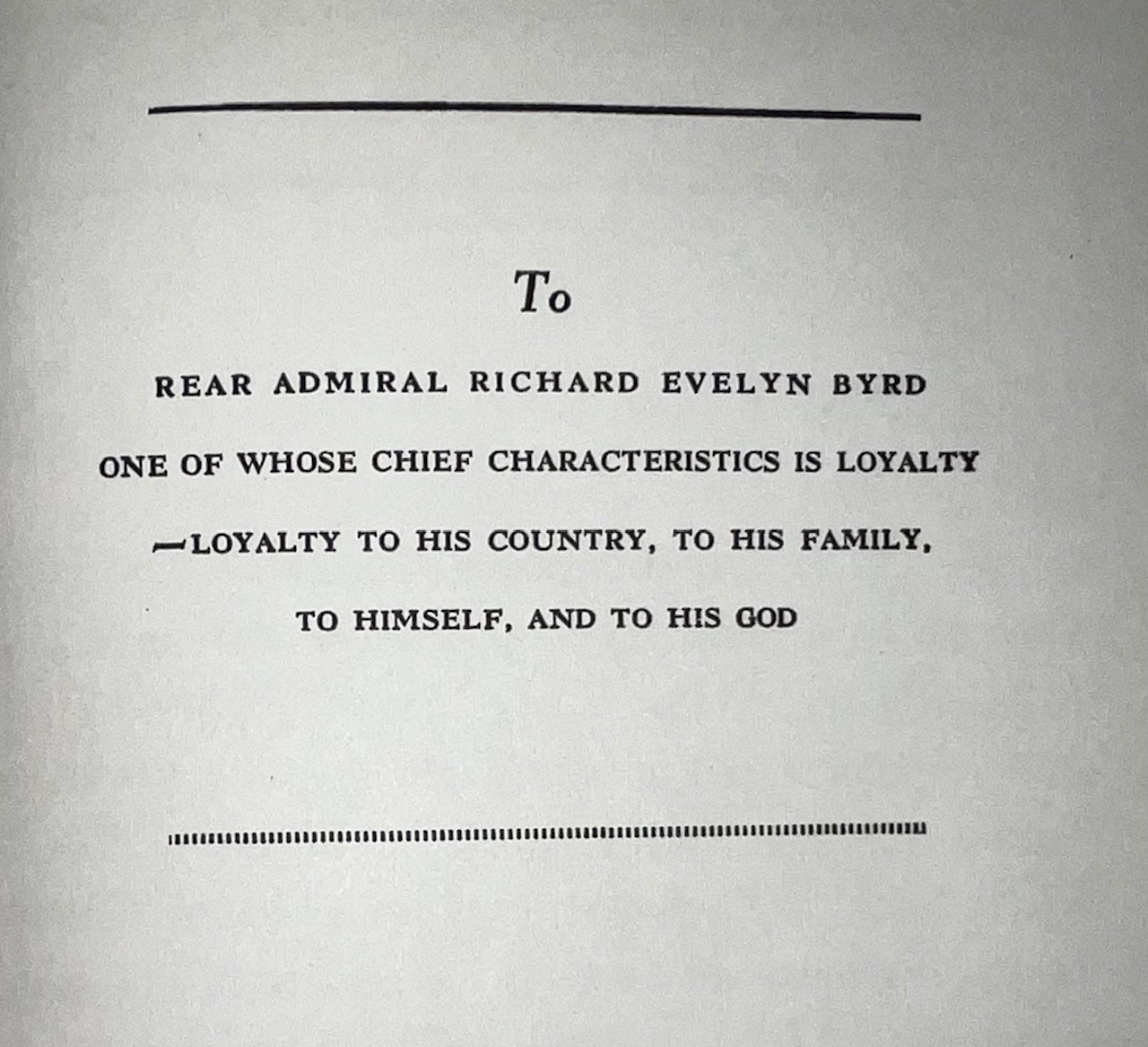
Joe married Wilma Jo Jones in 1935, and they were married for 56 years until her death in 1991. He had three children, five grandchildren, and three great-grandchildren. Eventually, Joe moved to Columbus, Ohio, as Chief Engineer of the Janitrol Aero Division of Surface Combustion Corps. In 1962, he moved to Southern California and settled at Canyon Lake where he spent the rest of his life until he passed away on October 15, 1999.
The family of Joe Hill donated his papers to the Polar Archives on July 17, 2000. To see his image collection, visit the Joe Hill Byrd Antarctic Expedition II galleries on Flickr: https://www.flickr.com/photos/196514036@N05/albums/72177720306620964 and https://www.flickr.com/photos/196514036@N05/albums/72177720306620859.
Contact the Polar Archives to learn more at polararchives@osu.edu.
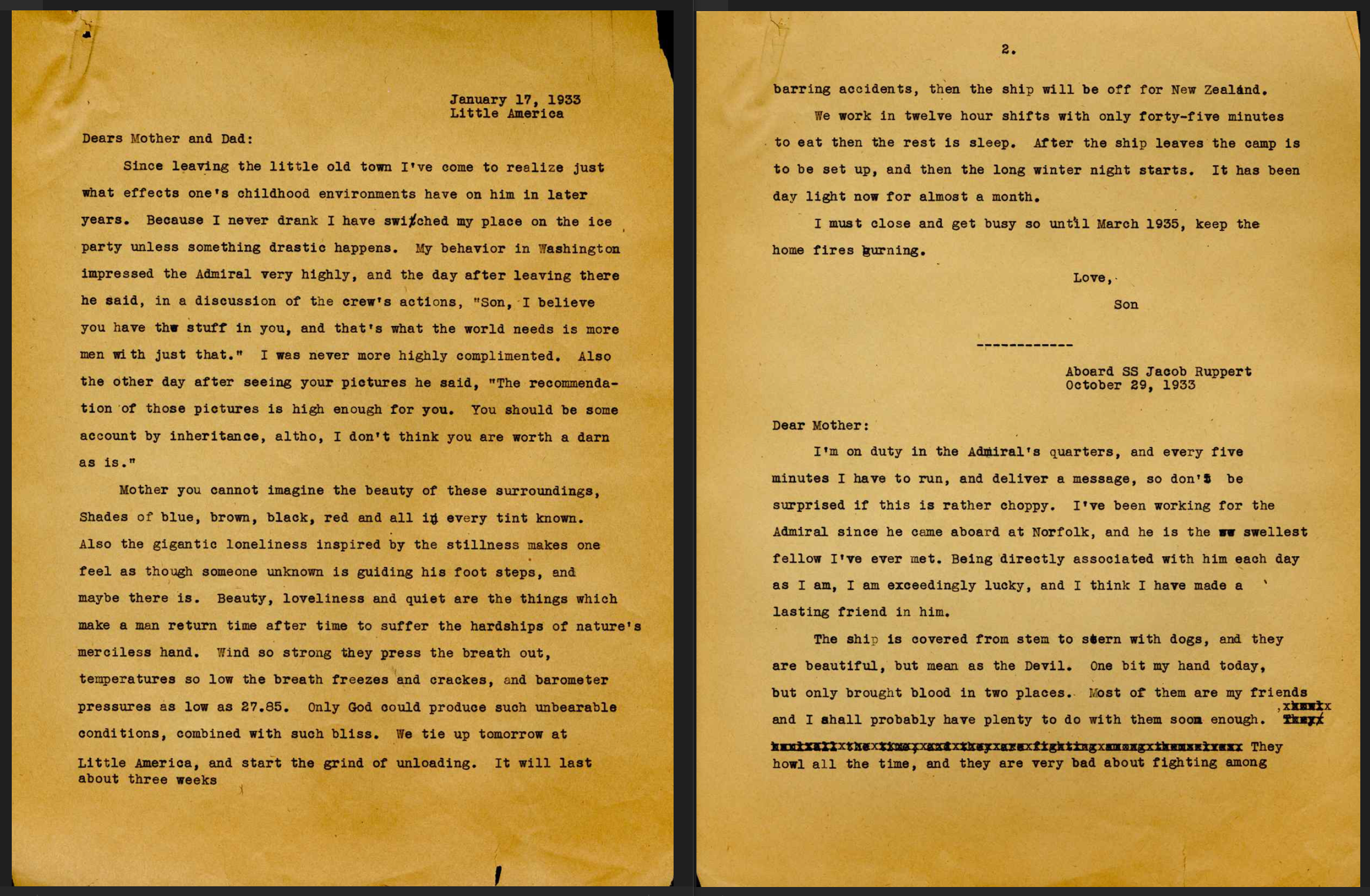
Sources:
Obituary, In Memoriam: Joseph F. Hill, 1999, no Newspaper detail given.
The Ohio State University Archives, Byrd Polar and Climate Research Center Archival Program, SPEC.PA.56.0082, Joe Hill Papers, Box 1
“Joseph Hill.” PBS. Public Broadcasting Service. Accessed March 3, 2023. https://www.pbs.org/wgbh/americanexperience/features/ice-hill/.
Link to his book record in the OSUL Catalog: https://library.ohio-state.edu/record=b5878468~S7
